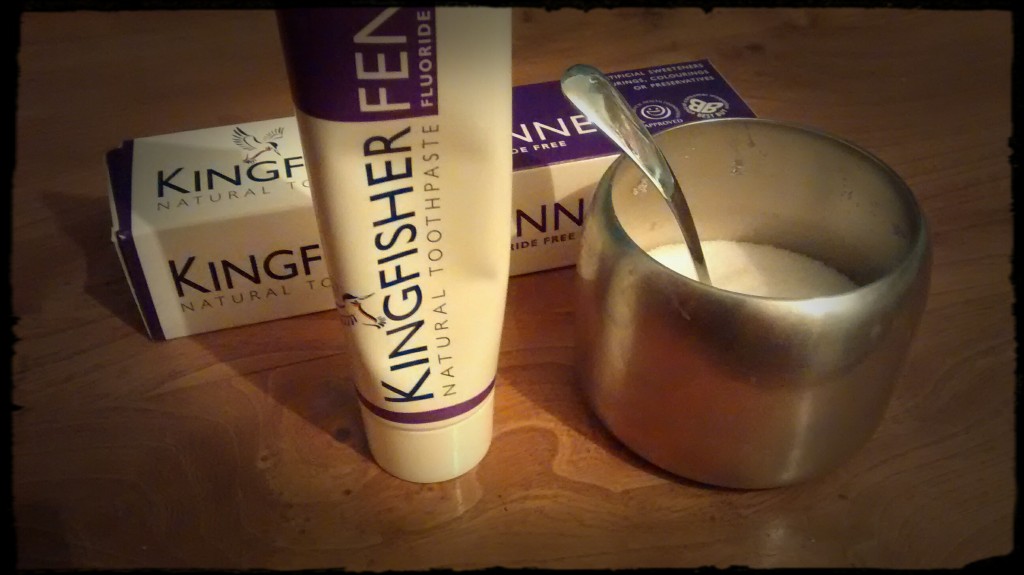
Sugar plays a pivotal role in the development of dental caries. However, the presence of dental caries pre-dates the introduction of white refined sugar to civilisation.
The relationship between food and dental health is complex. For dental caries to form there is a requirement for three simultaneous processes to occur. These are the presence of caries inducing microorganisms in the mouth, the presence of food for these microorganisms to consume and a susceptible surface for the development of dental caries (i.e. a caries-prone individual). A lesion forms in a tooth when microorganisms cause the production of acid from normal metabolism and this dissolves the enamel of the tooth locally. For this to occur food passing through the oral cavity must remain on the teeth long enough for the microorganisms to be able to metabolise it to produce acid. This process is actually cyclical, with demineralisation occurring during periods of food availability and remineralisation occurring through deposition of minerals in saliva between periods of eating. In this way the demineralisation ebbs and flows, with the net rate of demineralisation having to exceed the rate of remineralisation for dental caries to develop.
Sugar is often blamed for the formation of dental caries and controversy surrounds its involvement. What is clear is that dental caries existed in populations before the availability of refined white sugar. Generally anthropological studies show that dental caries were present in ancient civilisations, but that its prevalence was low. Upon the development of civilisation the rate of dental caries increased. For example, while less than 10 % of Saxon skulls have dental caries in their molars, this figure increases to 13, 30, 45 and 65 % for skulls from the medieval era, 17th century, early 19th century and late 19th century. Both sugar and white flour did not become widely available in England until the 17th century and so the increase in dental caries predates this. Other data shows that the dental caries rates of natives in the Caribbean living close to trading posts was significantly higher than those living in remote locations, further strengthening the idea that civilisation is involved in the aetiology of dental caries.
The nutritional connection to dental caries is also demonstrated by the drastic reduction in cases in children during World Wars one and two in Europe. The 70 % reduction in dental caries from World War one to the end of World War two, shows the absurdity of the fluoride propaganda, as fluoridation could not hope to produce such massive improvements in tooth health. These decreases have been attributed to the reduction in the import of refined sugar and the use of less refined flour during this period. Postwar sugar imports mirror the return of dental caries to these children supporting the contention that sugar plays at least a supporting role in the formation of dental caries. Increases in dental caries in developing countries mirrors the introduction of Westernised foods suggesting that these nations are now retracing the dental history of the developed nations such as England. In the World today, dental caries cases are lowest in remote areas, without access to Western refined sugars, in populations with low food intakes.
Studies investigating the associations between food habits and dental caries have been conducted. Generally the results show that the frequency of consumption of sugar containing snacks is associated with dental caries. In particular frequent consumption of sweet snacks that are retained on the tooth increases the risk of developing dental caries. This provides the necessary nutrients for the microorganism leading to acid formation and an environment of net demineralisation of tooth enamel. Therefore the frequency of sugar consumption, rather than the total amount of sugar might be the deciding factor in determining dental caries rates. Eating sugar between meals, rather than with meals has also been reported to significantly increase the rate of dental caries, and stimulating saliva production through the use of gum does cause a detectable decrease in the rates of dental caries. Substituting sugar with other carbohydrates such as xylitol has also been shown to be beneficial at reducing rate of dental caries.
